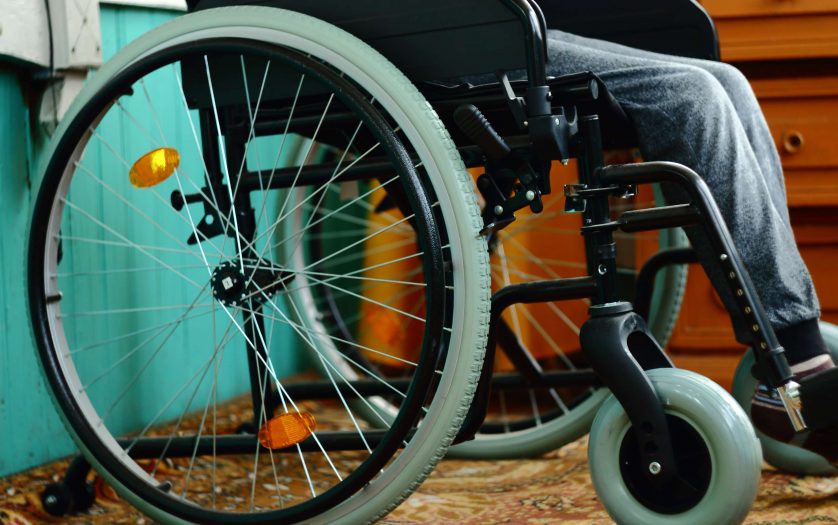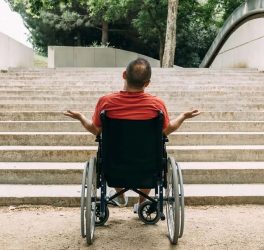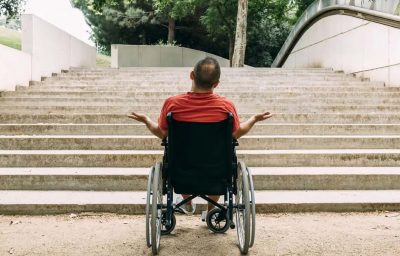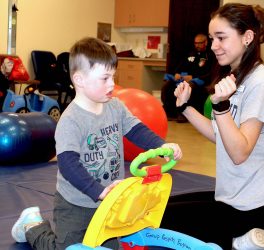
The statistics show that disabled children and children in households where someone is disabled are more likely to be in poverty according to the nine child poverty measures, Stats NZ said.
New data from the household economic survey reports statistics about disabled children and children in households where one or more people are disabled.
“This is an important improvement to be able to provide statistics for disabled people and their households for the first time,” income and poverty manager Chris Pooch said.
The statistics were separated into two categories – firstly by the number of disabled children and then by the number of children who live in households with at least one disabled person.
In the year ended June 2020, disabled children were more likely than non-disabled children to be in low income households, and nearly 1 in 5 disabled children lived in material hardship (19.9 percent), which was more than double the rate of non-disabled children who lived in material hardship (9.8 percent).
Material hardship is indicated by the number of households missing out on more than 6 of the 17 basic things most people would regard as essentials. Examples of essential items lacked include: the household respondent reporting serious restriction on eating fresh fruit or vegetables, putting off a visit to the doctor because of a lack of money, or not being able to pay the gas or electricity bill on time.
Similarly, children who lived in a household where at least one person was disabled were more likely to live in households with low income and material hardship than children whose household had no disabled individuals.
Nearly 1 in 5 children (19.7 percent) who lived in a household where at least one person was disabled lived in material hardship. This is more than two-and-a-half times the rate for children who did not live in a household with at least one disabled person (7.3 percent).
The household economic survey for the year ended June 2020 has included Washington Group questions on activity limitations. These questions identify people with functional difficulties that may impact how they participate in everyday life. Examples include difficulties with seeing (even with glasses), hearing (even with hearing aids), and for children, controlling their own behaviour.
Questions on activity limitations were asked of both adults and children. This means Stats NZ was able to produce estimates of all nine child poverty measures by disability status for the first time.
The COVID-19 lockdown in late March 2020 affected Stats NZ’s ability to collect data from households for child poverty statistics. Therefore, data in this release only covers nine months, to March 2020, meaning this release gives a clear picture of child poverty pre-COVID-19.








